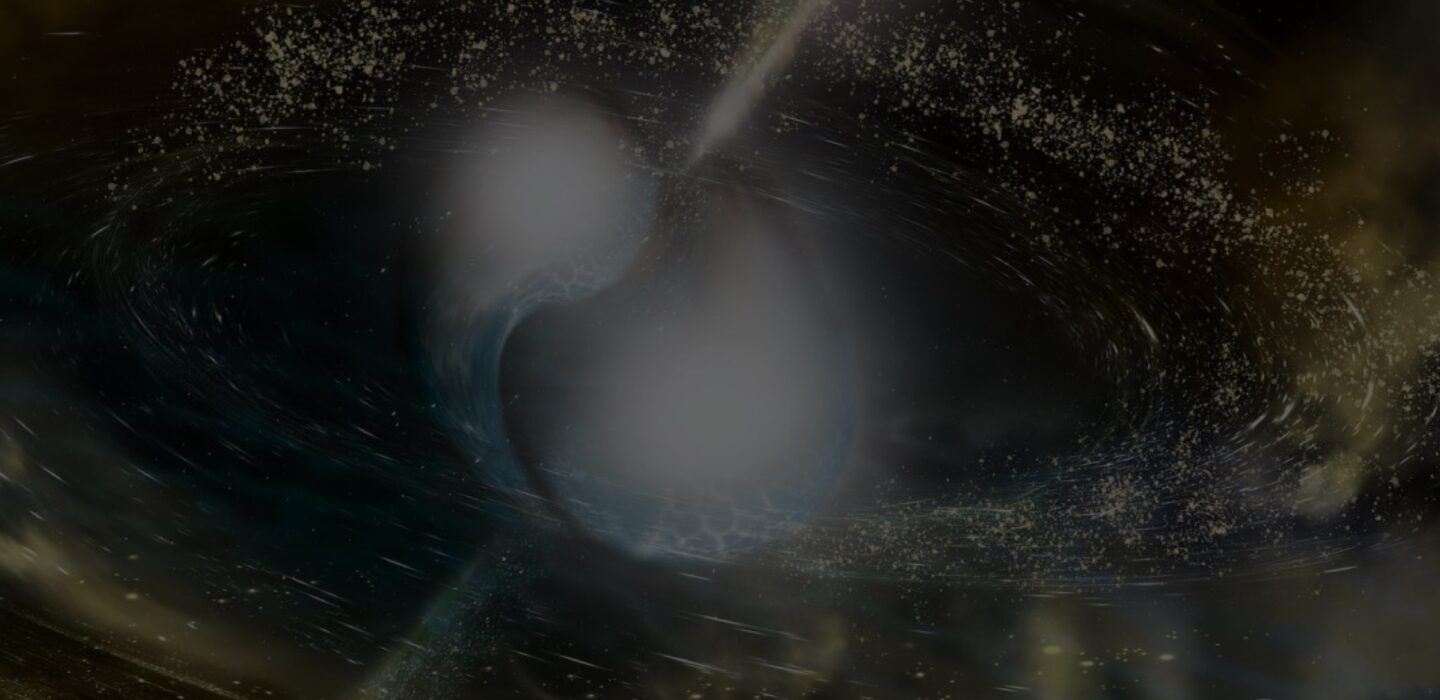Qiong Li

Monday, September 9, 2024
3:00pm - 3:30pm
Marlar lounge, in person & via zoom
Qiong Li: 3:00pm - 3:30pm
Environmental effects on galaxy formation and protocluster galaxy candidates at 4.5<z<10
The James Webb Space Telescope (JWST) has produced a revolution in using photometric redshifts and/or multi-color selection criteria to find galaxies at the extreme redshifts, offering a unique opportunity to answer questions regarding the formation of galaxies in the early Universe. In this talk, I’ll present our latest discovery of protoclusters and mergers during the Epoch of Reionization (EoR) using JWST. We'll discuss the environmental effects on these galaxies' properties and characteristics, such as their stellar mass history, star formation activities, and interstellar medium properties. Furthermore, I will show how we employ NIRCam deep imaging data for a quantitative study of the galaxy environment. It is the first systematic investigation of high-redshift mergers and their evolution with redshift at z>5. On a larger scale, I will introduce the study of high-redshift clustering in the CEERS field, mapping the Universe's dense regions on the Mpc scale. We have also quantitatively identified potential protocluster candidates. Notably, AGNs consistently coexist with dense galaxy environments. I will also show how the combination of NIRCam and deep MIRI photometry offers a reliable method for AGN identification.